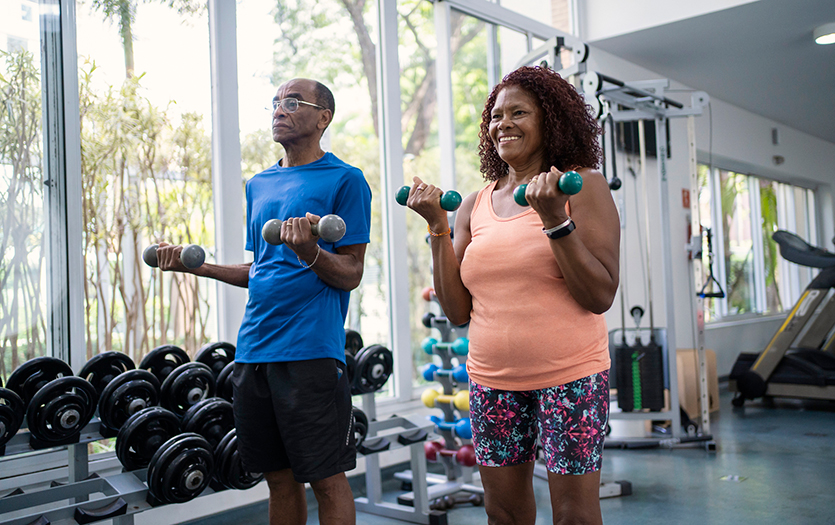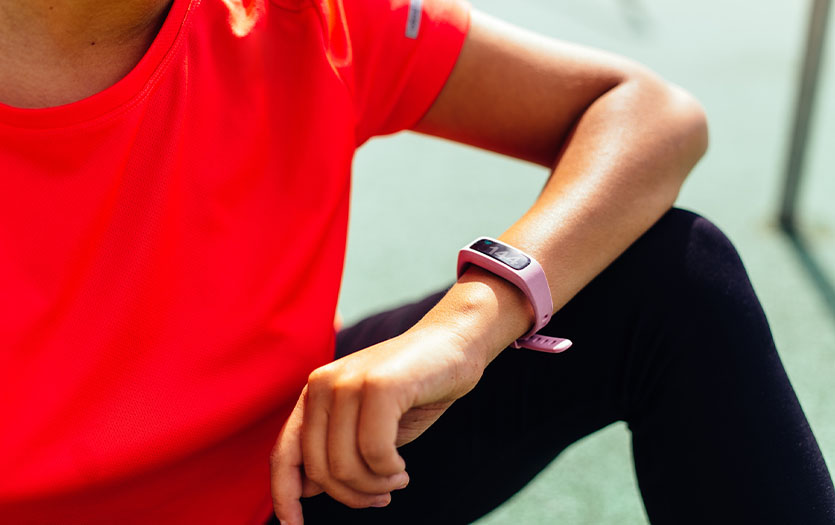
This post was written by Dylan Arango, ATC, certified athletic trainer, Parkview Sports Medicine.
Exercise is an important part of having and maintaining a healthy lifestyle. The Centers for Disease Control and Prevention (CDC), the American College of Sports Medicine, and the U.S. Department of Health all recommend at least 30 minutes of exercise five days a week or 150 minutes (about 2 and a half hours) of exercise total per week for anyone ages 18-65. To help you reach this goal, there are various types of exercise you can participate in. Broadly there are two kinds of exercise: aerobic and anaerobic.
Aerobic vs. anaerobic exercise
Without getting too deep into the physiology between these two types of exercise, the main difference between aerobic and anaerobic exercise is how our bodies use energy during these activities.
- In aerobic exercise, our bodies create and use energy from oxygen.
- In anaerobic exercise, our bodies create and use energy from glucose in our muscles.
- Aerobic exercises tend to be of longer duration and lower intensity such as running long distances, playing a sport or biking.
- Anaerobic exercises are of shorter duration movements done at a high intensity like sprinting, lifting weights or interval circuits.
Benefits of exercise
Both aerobic and anaerobic exercise have tremendous benefits for your overall health and fitness, regardless of age, level of fitness or previous experience with exercise. However, each form of exercise has its proper place and benefits.
Benefits of aerobic exercise:
- Improves cardiovascular conditioning
- Improves lung function
- Lowers blood pressure
- Helps with weight management
Benefits of anaerobic exercise:
- Boosts metabolism
- Builds muscle mass
- Improves joint health
- Boosts brainpower
Align exercise with your goals
Each person has different health and fitness goals, so the type of exercise you participate in should align with those personal goals. For help figuring out what your goals should be and how to achieve them, consult with your primary care provider or visit with one of the Parkview Sports Medicine sports performance coaches, athletic trainers or physical therapists. These providers can help you find a good exercise plan based on your fitness levels and past medical history, as well as suggestions for injury prevention.



